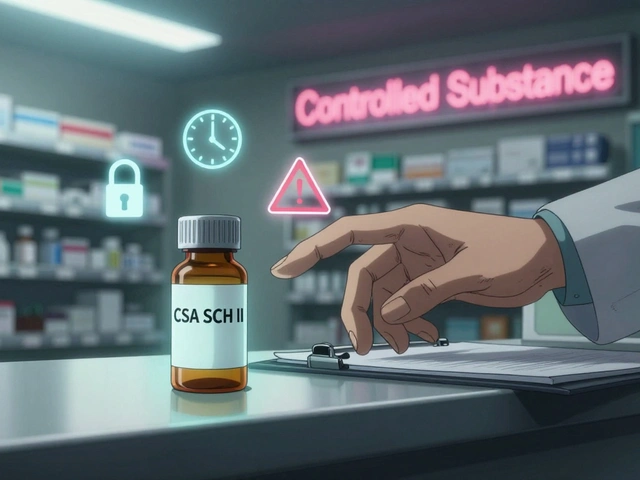Leak Detection Made Simple: Find, Fix, and Prevent Leaks Quickly
Leaks show up when you least expect them – a wet floor, a strange smell, or a sudden drop in pressure. Ignoring them can waste water, damage property, or even create safety hazards. The good news? Most leaks are easy to catch if you know what to look for and have the right tools.
First, understand the type of leak you’re dealing with. Water leaks are the most common in homes, but gas, oil, and even medication packaging leaks can cause serious problems. Each one has its own signs: water – damp spots, mold, higher bills; gas – hissing sound, rotten‑egg odor; medication – reduced potency or unexpected moisture.
Quick Ways to Spot Common Leaks
Start by doing a visual sweep. In the kitchen, check under the sink, around the dishwasher, and behind the fridge. In the bathroom, look at the base of the toilet, the shower tray, and the bathtub faucet. Outside, inspect the hose connections on your washing machine and the garden tap.
For gas leaks, never use a flame. Instead, open windows, turn off the stove, and listen for a faint hissing. You can also use a soap‑water mixture on joints – bubbles mean gas is escaping.
If you suspect a leak in a medication bottle, store the product as instructed (often in a cool, dry place) and check the seal. A broken seal or condensation inside the container could mean the drug’s effectiveness is compromised.
Tools That Make Leak Detection Easy
Here are a few affordable tools you can keep in your toolbox:
Flashlight: A bright beam reveals hidden moisture on walls or under appliances.
Moisture meter: This handheld device measures water content in wood, drywall, or concrete, helping you locate hidden leaks without tearing down walls.
Infrared camera: More pricey but great for spotting temperature differences that indicate water behind surfaces.
Gas detector badge: Small, clip‑on sensors alert you instantly if gas levels rise.
Soap‑water spray bottle: The classic method for spotting gas or low‑pressure water leaks – bubbles are the giveaway.
Pick the tool that fits your budget and the type of leak you’re hunting. For most homeowners, a flashlight and soap‑water mix do the trick.
Once you locate the leak, the next step is fixing it. Tighten loose fittings with a wrench, replace worn‑out washers, or apply pipe‑repair tape for small cracks. If the problem is bigger – like a corroded pipe or a broken gas line – call a professional right away. Safety should always come first.
Don’t forget to test the repair. Run water or gas for a few minutes and watch for any signs of dripping or bubbling. A quick check saves you from a repeat visit.
Prevention is the best cure. Regularly inspect high‑risk areas every six months, especially after winter or heavy rain. Keep pipes insulated, replace aging seals, and maintain proper ventilation in storage areas to avoid moisture buildup that can affect medication quality.
By staying proactive, you’ll cut down on costly repairs, keep your home safe, and ensure that any medical products you store remain effective. Leak detection doesn’t have to be a chore – with a little know‑how and the right tools, you can handle most issues yourself.
Need a quick reference? Here’s a cheat sheet:
- Water leak signs: damp spots, mold, high water bills.
- Gas leak signs: hissing sound, rotten‑egg smell, soap‑bubble test.
- Medication leak signs: broken seal, moisture inside, reduced potency.
- Must‑have tools: flashlight, moisture meter, soap‑water spray, gas detector.
- Fixes: tighten fittings, replace washers, use pipe‑repair tape, call pros for major issues.
Keep this guide handy, and you’ll catch leaks before they cause trouble. Happy hunting, and stay leak‑free!
Hydrocl: The Smart Solution for Water Usage and Leak Detection
Discover everything about Hydrocl, the smart water monitoring device changing how we use and save water at home. Learn how it works, where to install it, tips for setup, and why it matters for your bill.






